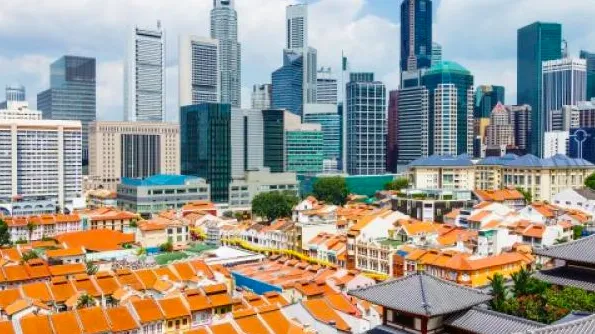
3 factors that prove Singapore residential rents are finally stabilising
Rents for 1- to 3-bedroom non-landed units fell 1.4% in Q2.
According to a recent Savills report, Singapore’s rental market for private residential properties appears to be pulling out of a dive. Using data extracted from the REALIS, for 1-to-5- bedroom non-landed unit types, rents in Q2/2024 fell 0.7% QoQ.
For the 1-to-3-bedroom types, the decline was 1.4% QoQ. In the first quarter of this year, the corresponding drop was 2.0% and 2.1% respectively.
Here’s more from Savills:
For the more popular 2-and 3-bedroom unit types, the number of districts which registered rental declines have fallen. In Q2/2024, the median rent for 2-bedrooms rose in districts 13, 15 and 26 QoQ. In the previous quarter increases were also recorded in three districts (1, 6 and 11). However, for the 3-bedrooms, for Q2, there were five districts (1, 3, 4, 15 and 25) which registered rental QoQ growth, up from four (7, 10, 11 and 26) in the previous quarter.
We believe that rents are now starting to stabilise for several reasons. One would be tenants, who were previously priced out of letting an entire unit in the private market and rented HDB (public) flats instead. As rents in the private end of the housing market have declined significantly, they are upgrading back. Secondly, those who moved to co-living or shared premises, may now opt to rent a unit by themselves since rents now fit their budget. Thirdly, with a slate of new completions, it has become a tenants’ market and the less well maintained or located (as in accessibility) properties are now starting to come off more.
To illustrate, in Q1, using the lower end rents for 2-bedroom units (lower end is taken to be the 25th percentile of the rental range), there were five districts which registered QoQ rental increases. But in Q2, this fell to four. The average rental decline for the 25th percentile in Q1 was -1.5% QoQ, increasing to -1.8% in Q2.
Using agents’ feedback to explain this, in the first quarter, landlords of vacant units which were not in good condition, were still hanging on to high expectations for their rents. Consequently, they were not easily let out. Having waited for a few months, by the second quarter, they began to meet the market and thus we see rents dip more for the lower rental range.
Ultimately, we believe that rents may find a floor by the end of this year. The reason is, while more supply is continuing to be released to the market and tenants continue to face budget constraints, the lower rents are likely to lead to greater migration of tenants from the public flat market and single room lettings to whole apartment leasing. For 2024, we maintain our forecast for a -5% YoY fall in rents.


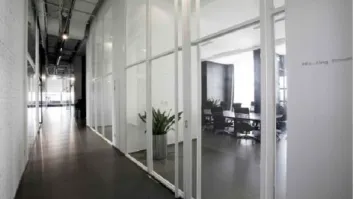
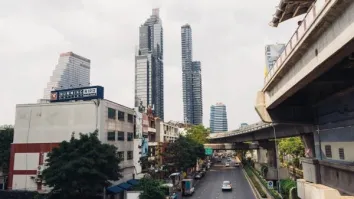

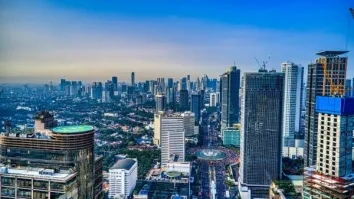

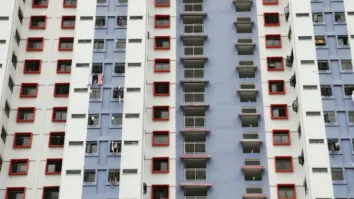

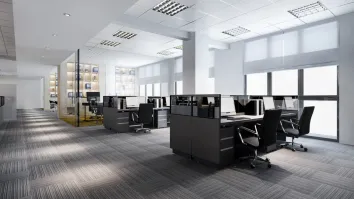



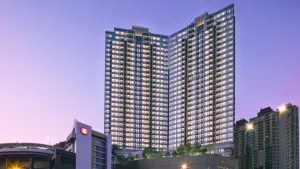
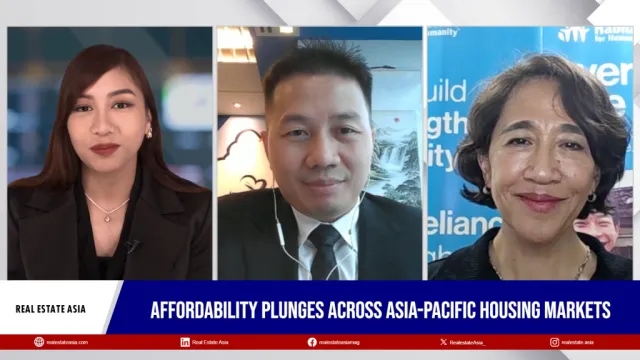

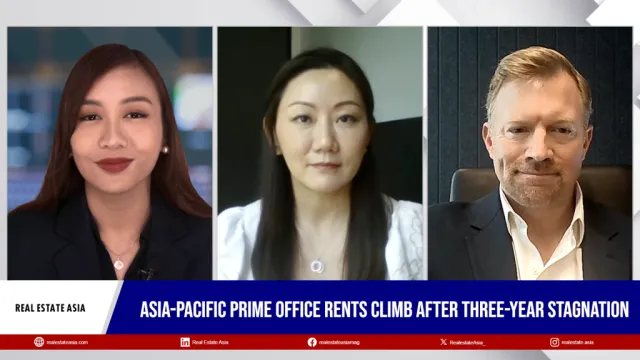


 Advertise
Advertise






